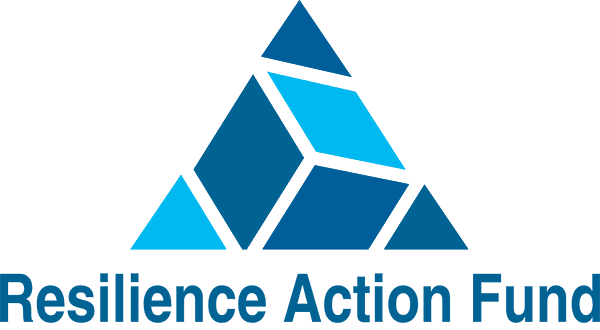[vc_row][vc_column][vc_column_text letter_spacing=”” css=”.vc_custom_1457978083626{margin-bottom: 0px !important;}”]
HALL OF SHAME: State of Oklahoma Building Codes Commission
[/vc_column_text][vc_separator color=”sky” align=”align_left” border_width=”10″ el_width=”10″][vc_column_text letter_spacing=”” el_class=”blue-drk”]
In 2015 the Oklahoma Building Codes Commission, while updating their building codes had an opportunity to set a new tornado wind standard for the entire state. They failed.
[/vc_column_text][vc_column_text letter_spacing=”” el_class=”lead”]Just a year earlier the city of Moore, Oklahoma had shown the way, becoming the first US jurisdiction to create a tornado code for its buildings, including homes. It raised the wind design standard by 50% from 90 to 135 mph. In doing so, Moore broke the myth propagated by the system’s ‘experts’ that higher standards cannot be economically justified.[/vc_column_text][vc_column_text letter_spacing=””]The wind standard for Oklahoma, like the rest of Tornado Alley, has been for decades been stuck at 90 mph. Organizations like the International Code Council (ICC) and the America Society of Civil Engineers (ASCE) have stubbornly ignored across the board tornado resilience and refused to raise model code standards.
Oklahoma ranks #3 (worse) on FEMA’s list of states, in terms of frequency of natural disaster declarations, after Texas and California. The entire state is vulnerable to tornados and ranks #4 nationally in frequency. Unfortunately instead of following Moore’s example to make 135mph the new standard across the state, the Commission only included it as an option, leaving it to be individually decided by each of Oklahoma’s approximately 600 jurisdictions (a process that could take decades).
Moore’s economic analysis was actually performed using data for the entire state of Oklahoma, concluding hat the benefit-cost was more than 3:1. The net benefit of building to the higher wind standard for the entire state was estimated at $25 billion (in 2014 dollars), accruing to private and public stakeholders.
The members of Oklahoma’s Building Codes Commission should reflect on their irresponsible and neglectful lack of action. We will certainly remind them every time a tornado disaster hits the state.
[/vc_column_text][/vc_column][/vc_row][vc_row][vc_column][vc_column_text letter_spacing=”” el_class=”uppercase blue-drk”]
Additional Hall Items
[/vc_column_text][vc_separator][vc_row_inner css=”.vc_custom_1457975183369{padding-right: 10% !important;padding-left: 10% !important;}”][vc_column_inner width=”1/2″ css=”.vc_custom_1457975065940{padding: 25px !important;}”][vc_column_text letter_spacing=”” el_class=”uppercase” css=”.vc_custom_1457977203751{margin-bottom: 10px !important;}”]
Hall of Fame
[/vc_column_text][vc_separator color=”sky” align=”align_left” border_width=”10″ el_width=”10″][vc_posts_grid loop=”size:10|order_by:rand|post_type:resilience_halls|categories:72″ post_layout=”standard” show_thumb=”no” show_meta=”no” show_excerpt=”no”][/vc_column_inner][vc_column_inner width=”1/2″ css=”.vc_custom_1457975055410{padding: 25px !important;background-color: #f7f7f7 !important;}”][vc_column_text letter_spacing=”” el_class=”uppercase” css=”.vc_custom_1457977194921{margin-bottom: 10px !important;}”]
Hall of Shame
[/vc_column_text][vc_separator color=”sky” align=”align_left” border_width=”10″ el_width=”10″][vc_posts_grid loop=”size:10|order_by:rand|post_type:resilience_halls|categories:73″ post_layout=”standard” show_thumb=”no” show_meta=”no” show_excerpt=”no”][/vc_column_inner][/vc_row_inner][/vc_column][/vc_row]




